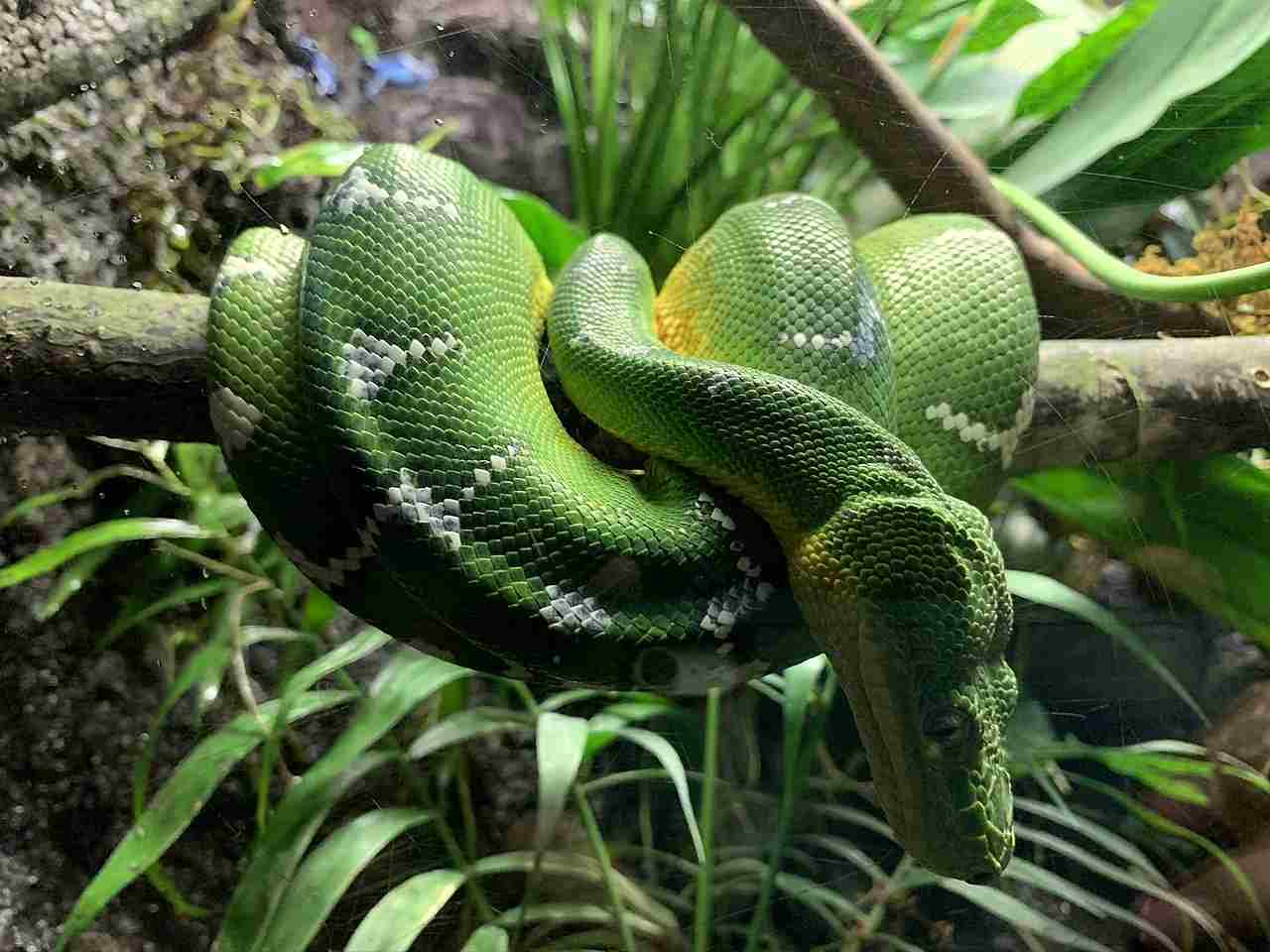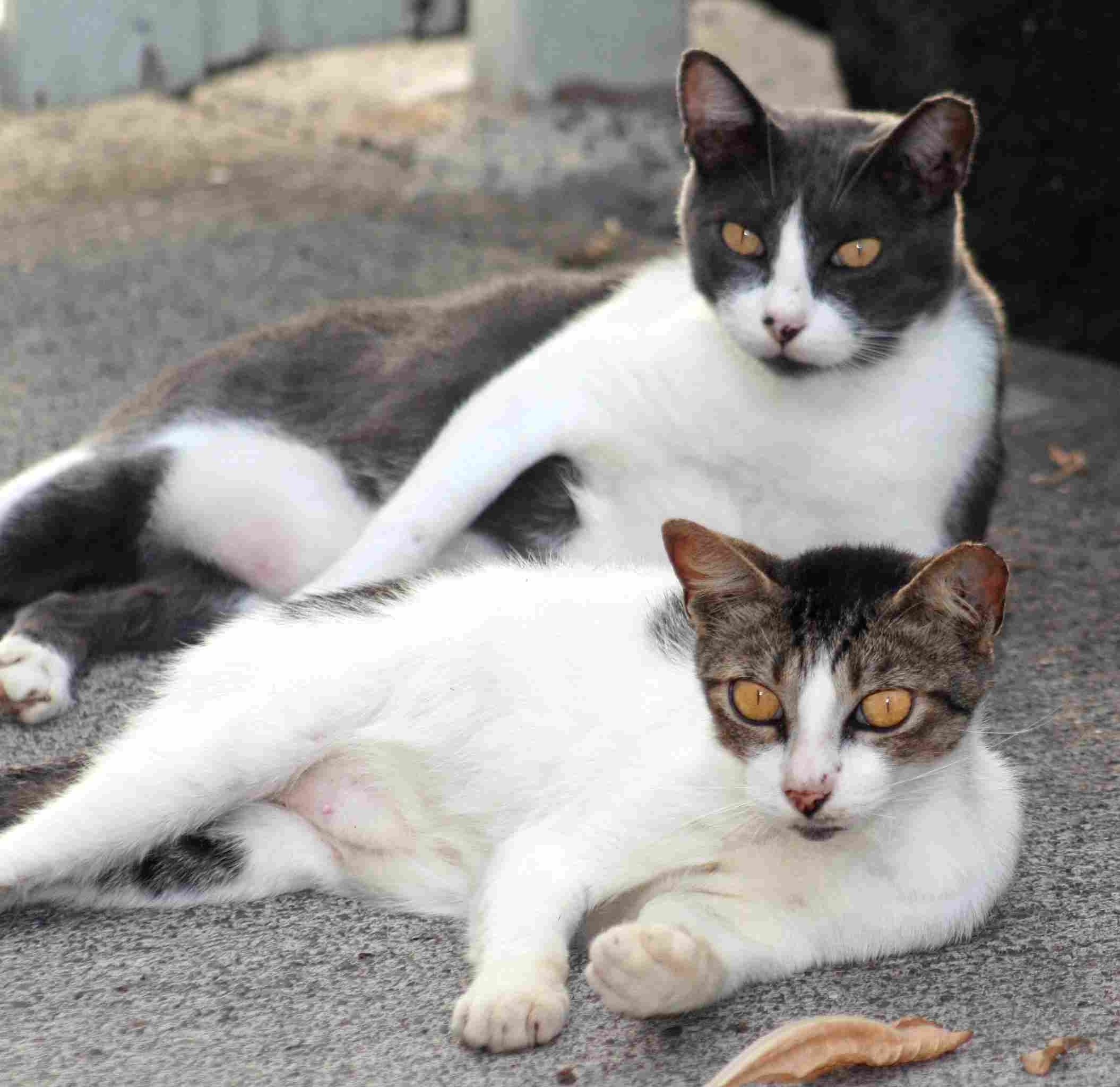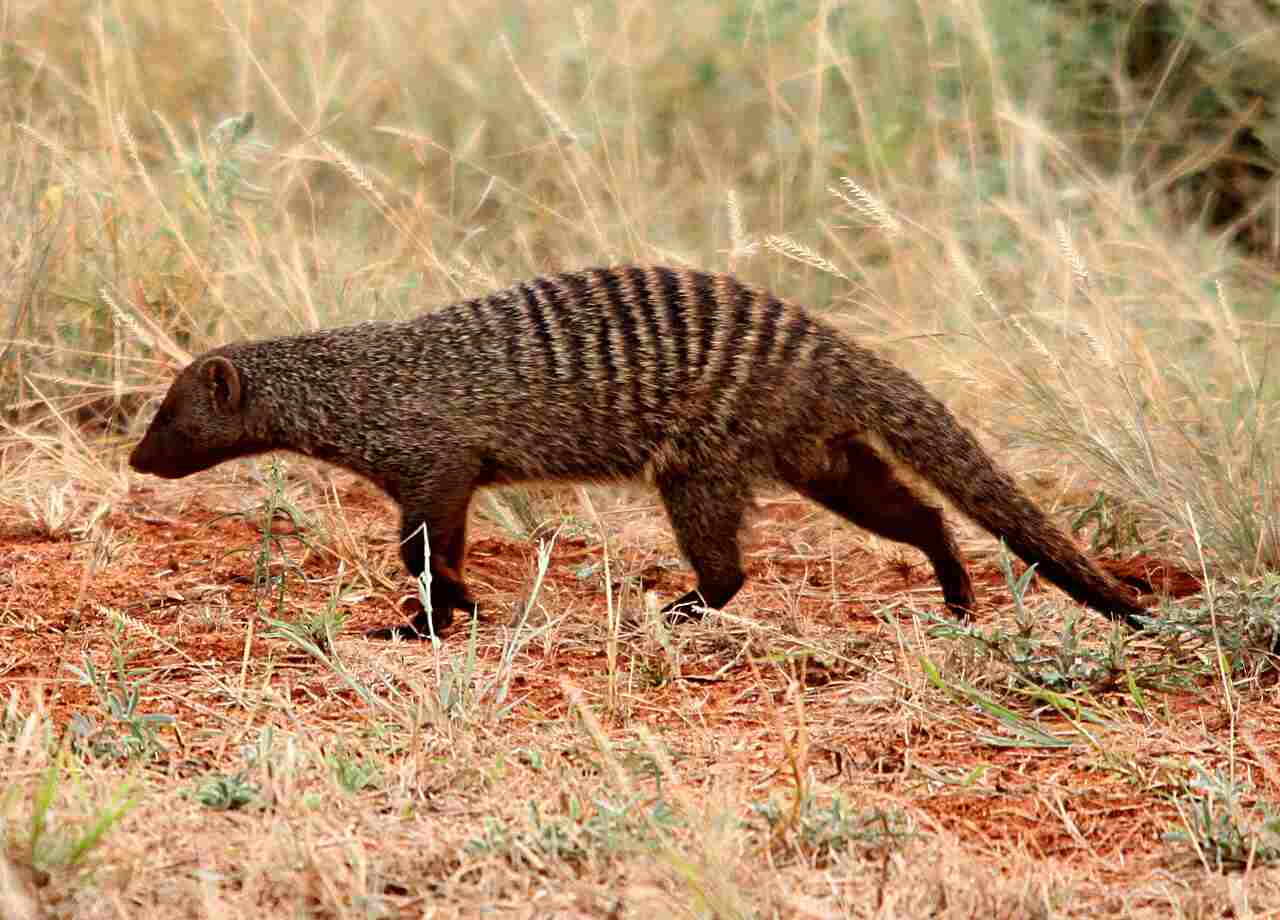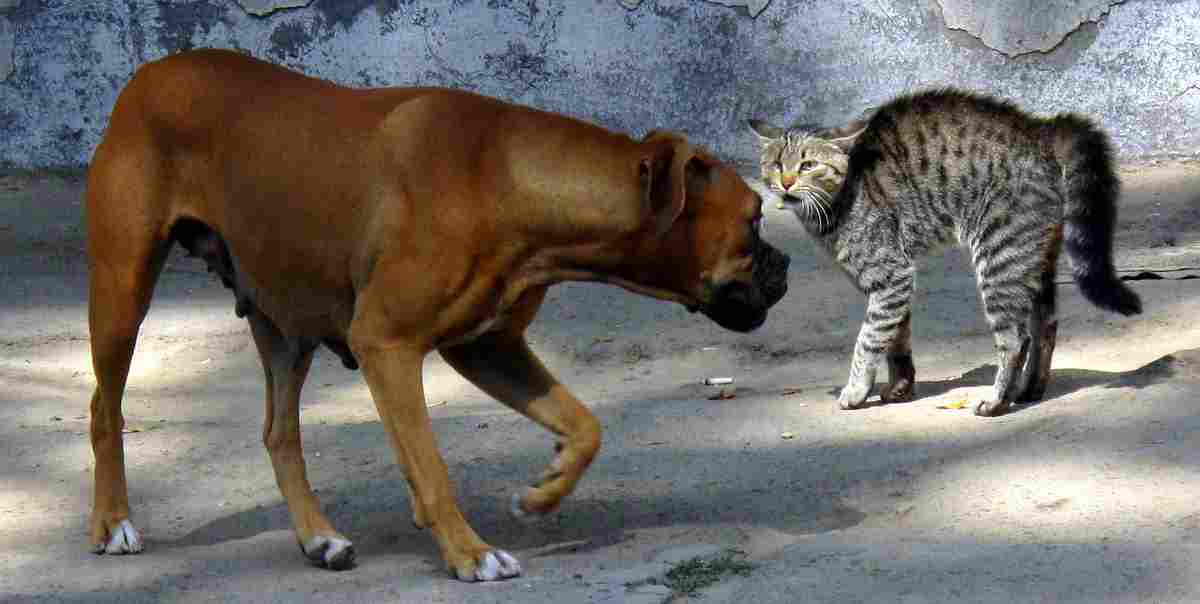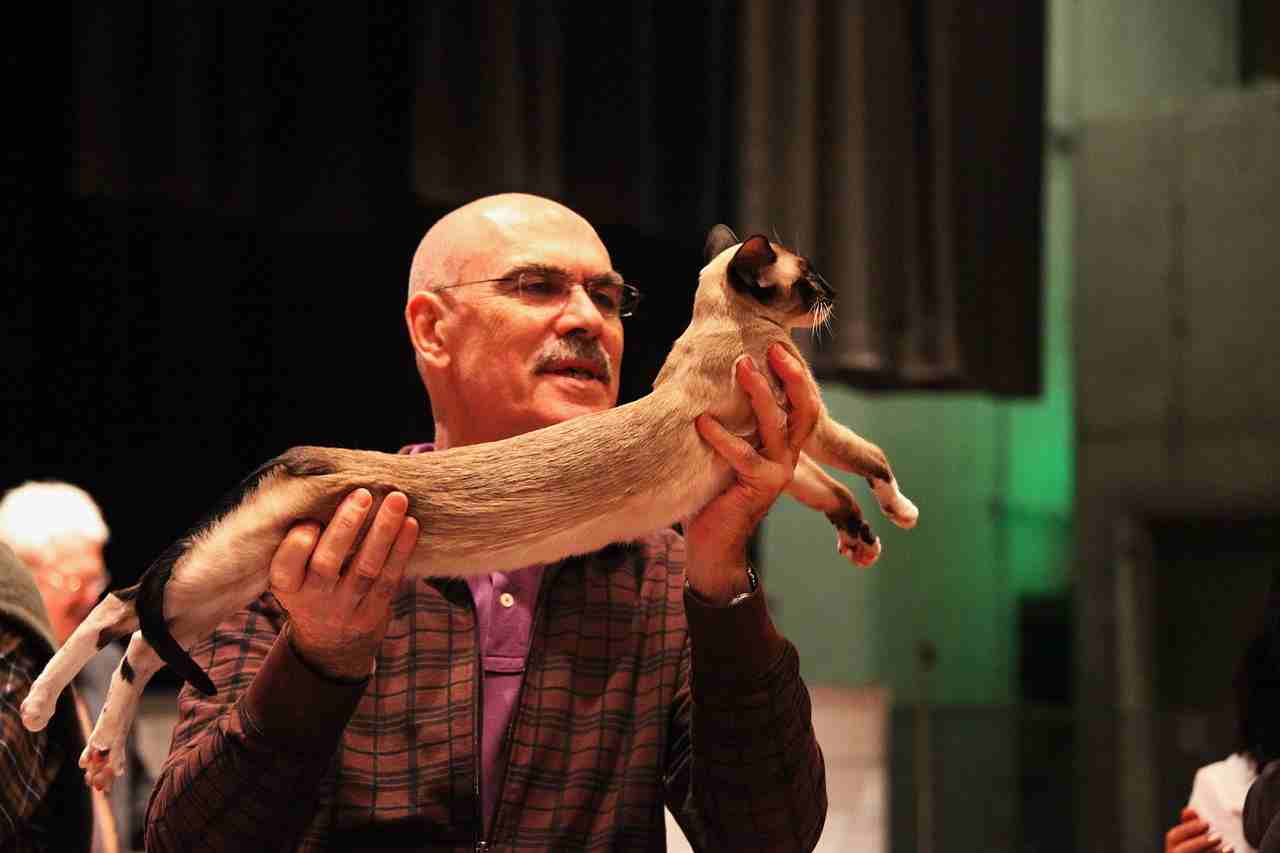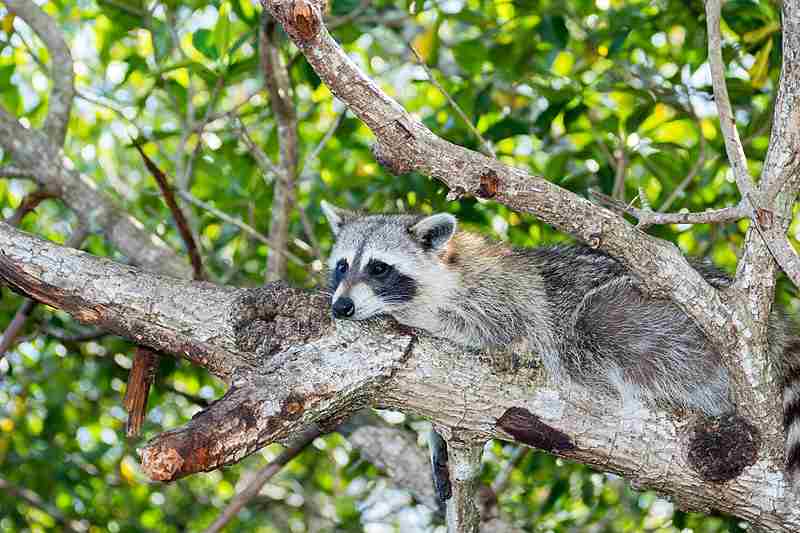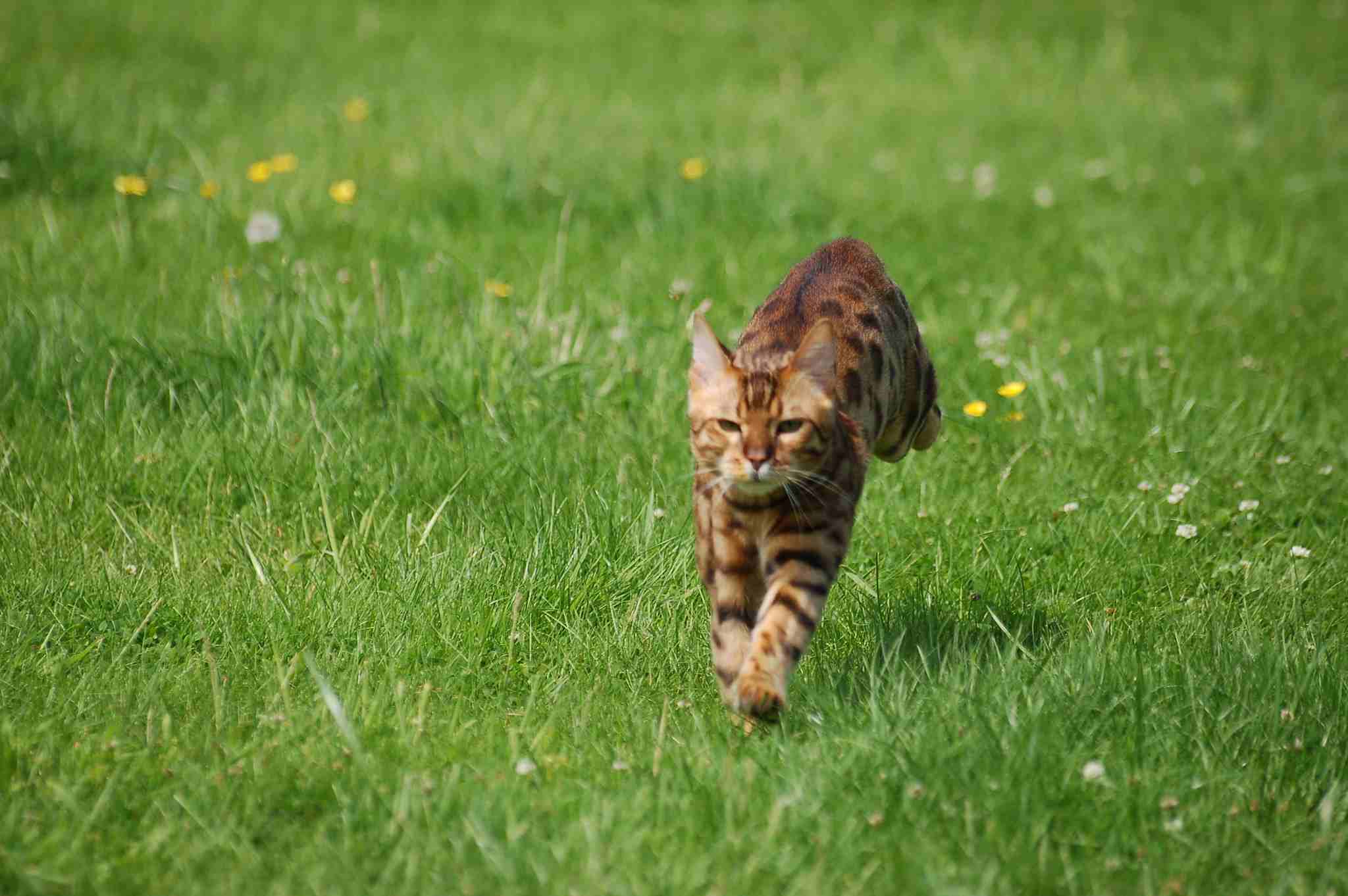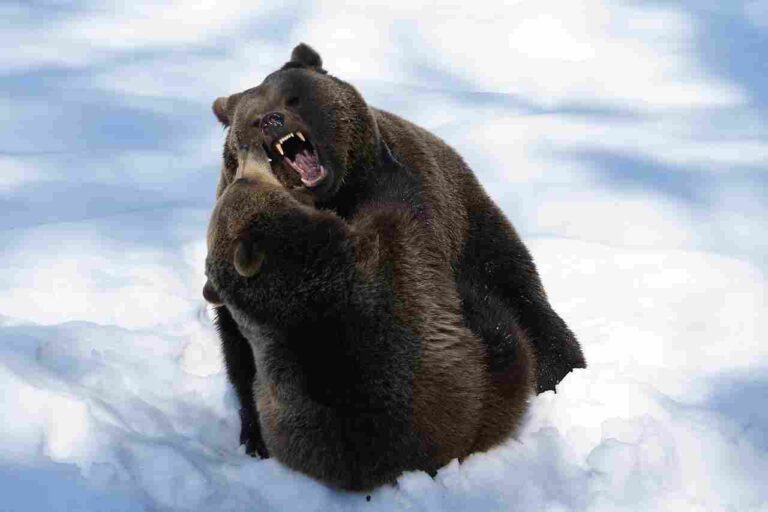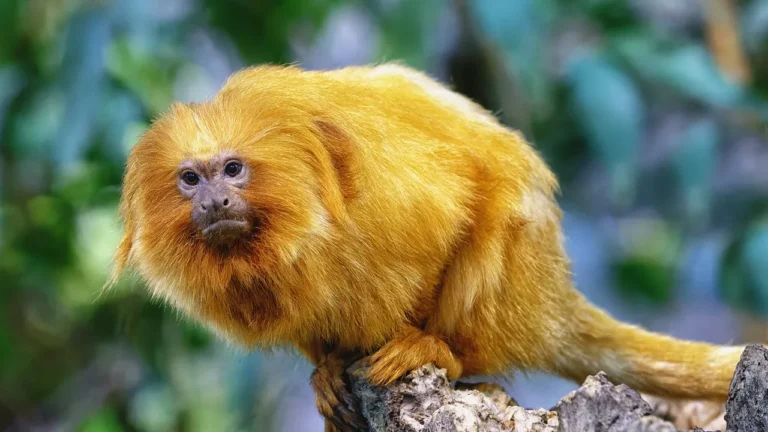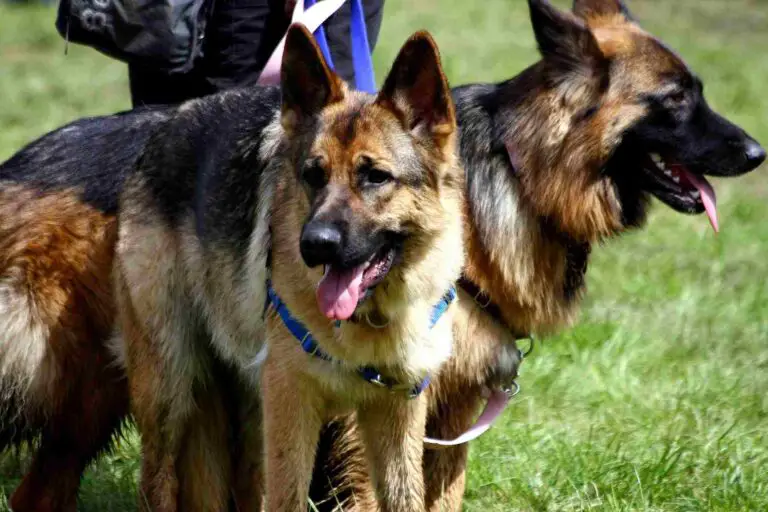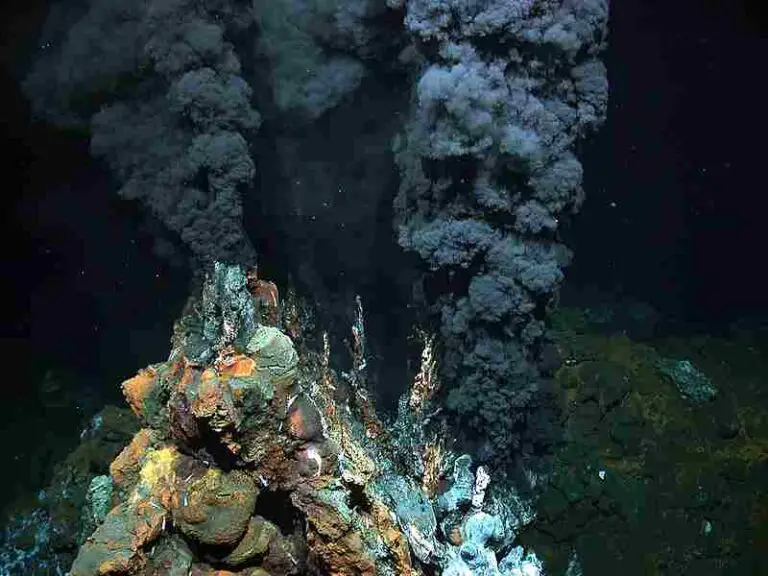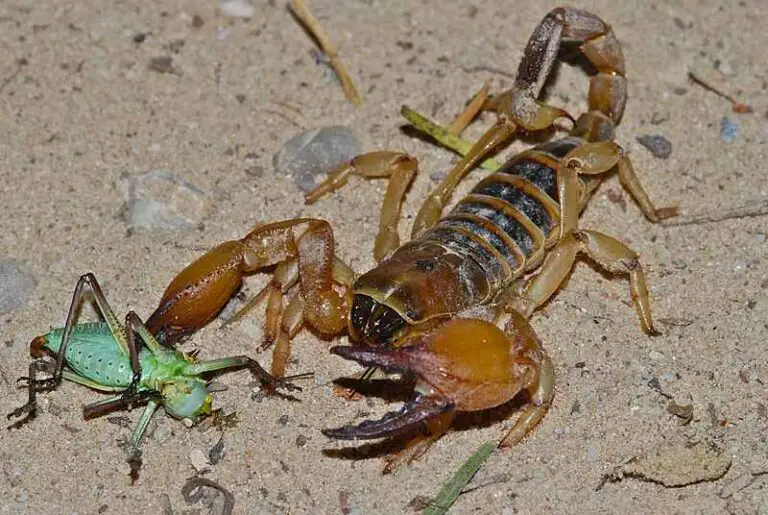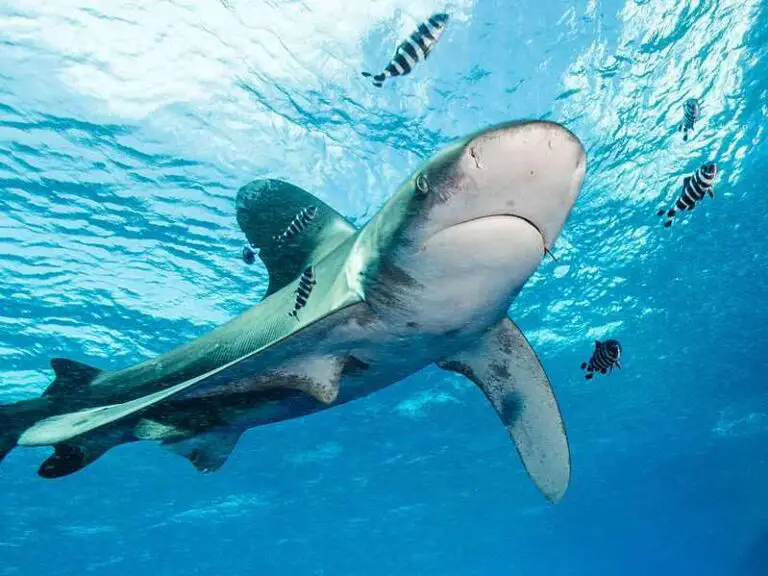13+ Carnivores in Madagascar and Their Characteristics
Examples of carnivores in Madagascar include the fossa, spotted fanaloka, and various species of vontsiras. Conservation efforts are crucial to protect these unique species from threats such as habitat loss, hunting, and competition with introduced species. Initiatives such as habitat restoration, protected areas, and community-based conservation programs aim to safeguard Madagascar’s carnivores and preserve the island’s rich biodiversity.
1. Spotted Fanaloka
The Spotted Fanaloka, or fossa fossana, is a fascinating carnivore endemic to Madagascar. Despite its cat-like appearance, it’s more closely related to mongooses and civets. Its sleek, elongated body, short legs, and long tail make it a proficient climber and agile predator in Madagascar’s diverse habitats.
Named for its spotted coat, which provides effective camouflage in the dense forests it inhabits, the Spotted Fanaloka primarily preys on small mammals, birds, reptiles, and insects. Its sharp claws and strong jaws allow it to hunt with precision, often stalking its prey before delivering a swift and lethal attack.
The Spotted Fanaloka’s role in the ecosystem is crucial, as it helps regulate populations of its prey species, contributing to the balance of Madagascar’s unique biodiversity. However, like many other native species, it faces threats from habitat loss, fragmentation, and human activity, making conservation efforts essential to ensure its survival.
Despite being elusive and largely nocturnal, the Spotted Fanaloka occasionally ventures into human settlements in search of food, leading to occasional conflicts with locals. Understanding its behavior and ecology is vital for developing effective conservation strategies to protect this enigmatic carnivore and the ecosystems it inhabits.
2. Fossa
The Fossa, scientifically known as Cryptoprocta ferox, is the largest carnivore native to Madagascar, renowned for its agility and hunting prowess. Resembling a cross between a small cougar and a mongoose, this elusive predator is a top predator in Madagascar’s ecosystems, playing a crucial role in maintaining the balance of its delicate food web.
With its slender body, muscular limbs, and long tail, the Fossa is a skilled climber and adept hunter, capable of taking down prey much larger than itself, including lemurs, birds, and reptiles. Its keen senses and agile movements allow it to navigate the dense forests of Madagascar with ease, making it a formidable predator in its natural habitat.
Despite its importance in the ecosystem, the Fossa faces numerous threats, including habitat loss, hunting, and competition with introduced species. Conservation efforts are essential to protect this iconic carnivore and the diverse ecosystems it inhabits, ensuring the long-term survival of both the Fossa and the unique biodiversity of Madagascar.
3. Bokiboky
The Bokiboky, also known as Galidia elegans, is a small carnivore endemic to Madagascar, belonging to the Eupleridae family. With its slender body, short legs, and long tail, the Bokiboky resembles a small mongoose, but its distinctive facial markings set it apart as a unique species.
Primarily inhabiting Madagascar’s forests and brushlands, the Bokiboky is an agile hunter, preying on small mammals, birds, reptiles, and insects. Its sharp claws and keen sense of smell aid in locating and capturing prey, making it a skilled predator in its natural habitat.
Despite its relatively small size, the Bokiboky plays an important role in the ecosystem, helping to control populations of its prey species and contributing to the overall balance of Madagascar’s biodiversity. However, like many other native species, it faces threats from habitat loss, fragmentation, and human activity, highlighting the need for conservation efforts to ensure its survival.
4. Brown-Tailed Vontsira
The Brown-Tailed Vontsira, or Salanoia concolor, is a small carnivore endemic to Madagascar, closely related to the mongooses and fossas. With its sleek body, short legs, and distinctive brown tail, this elusive predator is well-adapted to life in Madagascar’s dense forests and wetlands.
Despite its small size, the Brown-Tailed Vontsira is a skilled hunter, preying on small mammals, birds, reptiles, and insects. Its sharp teeth and agile movements make it a formidable predator in its natural habitat, where it plays a crucial role in controlling populations of its prey species.
However, like many other native species in Madagascar, the Brown-Tailed Vontsira faces numerous threats, including habitat loss, hunting, and competition with introduced species. Conservation efforts are essential to protect this unique carnivore and the diverse ecosystems it inhabits, ensuring the long-term survival of both the Brown-Tailed Vontsira and Madagascar’s rich biodiversity.
5. Grandidier’s Vontsira
Grandidier’s Vontsira, scientifically known as Salanoia grandidieri, is a small carnivore endemic to Madagascar. It belongs to the Eupleridae family and is closely related to the mongooses and fossas. Named after the renowned French naturalist Alfred Grandidier, this elusive predator is known for its secretive nature and limited distribution in Madagascar.
With its slender body, short legs, and bushy tail, Grandidier’s Vontsira is well-adapted to life in Madagascar’s dense forests and wetlands. It primarily preys on small mammals, birds, reptiles, and insects, using its sharp teeth and agile movements to capture its prey. Despite its small size, it plays an important role in the ecosystem by helping to control populations of its prey species.
However, like many other native species in Madagascar, Grandidier’s Vontsira faces threats from habitat loss, hunting, and competition with introduced species. Conservation efforts are crucial to protect this unique carnivore and the diverse ecosystems it inhabits, ensuring the long-term survival of both the species and Madagascar’s rich biodiversity.
6. Western Falanouc
The Western Falanouc, or Eupleres goudotii, is a small carnivore endemic to Madagascar, belonging to the Eupleridae family. With its stout body, short legs, and long tail, this elusive predator is well-adapted to life in Madagascar’s dense forests and marshy areas.
The Western Falanouc primarily preys on small mammals, birds, reptiles, and insects, using its sharp claws and keen sense of smell to locate and capture its prey. Despite its relatively small size, it plays an important role in the ecosystem by helping to control populations of its prey species.
However, like many other native species in Madagascar, the Western Falanouc faces threats from habitat loss, hunting, and competition with introduced species. Conservation efforts are essential to protect this unique carnivore and the diverse ecosystems it inhabits, ensuring the long-term survival of both the Western Falanouc and Madagascar’s rich biodiversity.
7. Eastern Falanouc
The Eastern Falanouc, or Eupleres goudotii, is a small carnivore endemic to Madagascar, closely related to the mongoose and fossa. With its stout body, short legs, and long tail, this elusive predator is well-adapted to life in Madagascar’s dense forests and wetlands.
The Eastern Falanouc primarily preys on small mammals, birds, reptiles, and insects, using its sharp claws and keen sense of smell to locate and capture its prey. Despite its relatively small size, it plays an important role in the ecosystem by helping to control populations of its prey species.
However, like many other native species in Madagascar, the Eastern Falanouc faces threats from habitat loss, hunting, and competition with introduced species. Conservation efforts are essential to protect this unique carnivore and the diverse ecosystems it inhabits, ensuring the long-term survival of both the Eastern Falanouc and Madagascar’s rich biodiversity.
8. Ring-Tailed Vontsira
The Ring-Tailed Vontsira, also known as Salanoia durrelli, is a small carnivore native to Madagascar, belonging to the Eupleridae family. With its slender body, short legs, and distinctive ringed tail, this elusive predator is well-adapted to life in Madagascar’s diverse habitats, including forests, wetlands, and grasslands.
Despite its small size, the Ring-Tailed Vontsira is a skilled hunter, preying on small mammals, birds, reptiles, and insects. Its sharp teeth and agile movements make it a formidable predator in its natural habitat, where it plays a crucial role in controlling populations of its prey species.
However, like many other native species in Madagascar, the Ring-Tailed Vontsira faces threats from habitat loss, hunting, and competition with introduced species. Conservation efforts are essential to protect this unique carnivore and the diverse ecosystems it inhabits, ensuring the long-term survival of both the species and Madagascar’s rich biodiversity.
9. Madagascar Ground Boa
The Madagascar Ground Boa, scientifically known as Acrantophis madagascariensis, is a large non-venomous snake endemic to Madagascar. With its robust body and distinctive markings, including dark blotches on a lighter background, this impressive serpent is well-adapted to life in Madagascar’s diverse habitats, including forests, grasslands, and rocky areas.
As an apex predator, the Madagascar Ground Boa preys on a variety of animals, including small mammals, birds, reptiles, and amphibians. Using its powerful constriction to immobilize prey, it plays a crucial role in controlling populations of its prey species, contributing to the balance of Madagascar’s unique ecosystems.
Despite its importance in the ecosystem, the Madagascar Ground Boa faces threats from habitat loss, persecution by humans, and collection for the illegal pet trade. Conservation efforts are essential to protect this iconic snake and the diverse ecosystems it inhabits, ensuring the long-term survival of both the species and Madagascar’s rich biodiversity.
10. Madagascar Tree Boa
The Madagascar Tree Boa, scientifically known as Sanzinia madagascariensis, is a large non-venomous snake endemic to Madagascar. With its slender body, prehensile tail, and distinctive coloration, including vibrant green scales with yellow or cream markings, this arboreal serpent is well-adapted to life in Madagascar’s forests and wooded areas.
As a skilled climber, the Madagascar Tree Boa primarily preys on small mammals, birds, and reptiles, using its powerful constrictions to subdue its prey. Its nocturnal habits and cryptic coloration make it a secretive and elusive predator in its natural habitat.
Despite its importance in the ecosystem, the Madagascar Tree Boa faces threats from habitat loss, persecution by humans, and collection for the illegal pet trade. Conservation efforts are essential to protect this iconic snake and the diverse ecosystems it inhabits, ensuring the long-term survival of both the species and Madagascar’s rich biodiversity.
11. Menarana
The Menarana, also known as Eupleres major, is a small carnivore endemic to Madagascar, belonging to the Eupleridae family. With its slender body, short legs, and long tail, this elusive predator is well-adapted to life in Madagascar’s diverse habitats, including forests, scrublands, and wetlands.
Primarily nocturnal, the Menarana preys on small mammals, birds, reptiles, and insects, using its sharp claws and keen sense of smell to locate and capture its prey. Despite its relatively small size, it plays an important role in the ecosystem by helping to control populations of its prey species.
However, like many other native species in Madagascar, the Menarana faces threats from habitat loss, hunting, and competition with introduced species. Conservation efforts are essential to protect this unique carnivore and the diverse ecosystems it inhabits, ensuring the long-term survival of both the Menarana and Madagascar’s rich biodiversity.
12. Madagascar Fish Eagle
The Madagascar Fish Eagle, scientifically known as Haliaeetus vociferoides, is a majestic raptor endemic to Madagascar. With its impressive wingspan, powerful talons, and distinctive plumage, including a white head and chest and brown body, this iconic bird of prey is well-adapted to life in Madagascar’s coastal regions and freshwater habitats.
As a top predator in its ecosystem, the Madagascar Fish Eagle primarily preys on fish, using its keen eyesight and agile flight to locate and capture its prey. Its role as an apex predator helps regulate populations of fish species, contributing to the balance of Madagascar’s aquatic ecosystems.
Despite its importance in the ecosystem, the Madagascar Fish Eagle faces threats from habitat loss, pollution, and human disturbance. Conservation efforts are essential to protect this iconic raptor and the diverse ecosystems it inhabits, ensuring the long-term survival of both the species and Madagascar’s rich biodiversity.
13. Madagascar Sparrowhawk
The Madagascar Sparrowhawk, scientifically known as Accipiter madagascariensis, is a bird of prey endemic to Madagascar. With its agile flight and sharp talons, this raptor is a formidable hunter in Madagascar’s forests and woodlands.
As a skilled predator, the Madagascar Sparrowhawk primarily preys on small birds and mammals, using its quick and precise movements to ambush its prey. Its role as a top predator helps regulate populations of its prey species, contributing to the balance of Madagascar’s ecosystems.
However, like many other native species in Madagascar, the Madagascar Sparrowhawk faces threats from habitat loss, hunting, and competition with introduced species. Conservation efforts are essential to protect this iconic raptor and the diverse ecosystems it inhabits, ensuring the long-term survival of both the species and Madagascar’s rich biodiversity.
14. Madagascar Harrier-Hawk
The Madagascar Harrier-Hawk, scientifically known as Polyboroides radiatus, is a bird of prey endemic to Madagascar. With its distinctive appearance, including a white face, black cap, and brown body, this raptor is well-adapted to hunting in Madagascar’s grasslands and open habitats.
As an opportunistic predator, the Madagascar Harrier-Hawk preys on a variety of animals, including small mammals, birds, reptiles, and insects. Its role as a top predator helps control populations of its prey species, contributing to the balance of Madagascar’s diverse ecosystems.
However, like many other native species in Madagascar, the Madagascar Harrier-Hawk faces threats from habitat loss, hunting, and human disturbance. Conservation efforts are essential to protect this iconic raptor and the diverse ecosystems it inhabits, ensuring the long-term survival of both the species and Madagascar’s rich biodiversity.
*Summary
-
Spotted Fanaloka
-
Endemic to Madagascar
-
Agile predator with cat-like appearance
-
Hunts small mammals, birds, reptiles, and insects
-
Faces threats from habitat loss and human activity
-
-
Fossa
-
Largest carnivore in Madagascar
-
Resembles a small cougar and mongoose
-
Hunts lemurs, birds, and reptiles
-
Faces threats from habitat loss and hunting
-
-
Bokiboky
-
Small carnivore endemic to Madagascar
-
Resembles a small mongoose
-
Hunts small mammals, birds, reptiles, and insects
-
Faces threats from habitat loss and human activity
-
-
Brown-Tailed Vontsira
-
Small carnivore closely related to mongooses and fossas
-
Hunts small mammals, birds, reptiles, and insects
-
Plays a crucial role in controlling prey populations
-
Faces threats from habitat loss and hunting
-
-
Grandidier’s Vontsira
-
Small carnivore named after Alfred Grandidier
-
Hunts small mammals, birds, reptiles, and insects
-
Plays a crucial role in the ecosystem
-
Faces threats from habitat loss and human activity
-
-
Western Falanouc
-
Small carnivore endemic to Madagascar
-
Hunts small mammals, birds, reptiles, and insects
-
Faces threats from habitat loss and human activity
-
-
Eastern Falanouc
-
Small carnivore closely related to mongooses and fossas
-
Hunts small mammals, birds, reptiles, and insects
-
Faces threats from habitat loss and human activity
-
-
Ring-Tailed Vontsira
-
Small carnivore with distinctive ringed tail
-
Hunts small mammals, birds, reptiles, and insects
-
Faces threats from habitat loss and hunting
-
-
Madagascar Ground Boa
-
Large non-venomous snake endemic to Madagascar
-
Preys on small mammals, birds, reptiles, and amphibians
-
Faces threats from habitat loss and human activity
-
-
Madagascar Tree Boa
-
Large non-venomous snake endemic to Madagascar
-
Preys on small mammals, birds, and reptiles
-
Faces threats from habitat loss and human activity
-
-
Menarana
-
Small carnivore endemic to Madagascar
-
Hunts small mammals, birds, reptiles, and insects
-
Faces threats from habitat loss and human activity
-
-
Madagascar Fish Eagle
-
Majestic raptor endemic to Madagascar
-
Hunts fish in coastal and freshwater habitats
-
Faces threats from habitat loss and pollution
-
-
Madagascar Sparrowhawk
-
Bird of prey endemic to Madagascar
-
Hunts small birds and mammals
-
Faces threats from habitat loss and hunting
-
-
Madagascar Harrier-Hawk
-
Bird of prey endemic to Madagascar
-
Hunts small mammals, birds, reptiles, and insects
-
Faces threats from habitat loss and human disturbance
-
| Carnivores in Madagascar | Description |
| Spotted Fanaloka |
Endemic agile predator resembling a cat, preys on small mammals, birds, reptiles, and insects.
|
| Fossa |
Largest carnivore, hunts lemurs, birds, and reptiles, faces threats from habitat loss and hunting.
|
| Bokiboky |
Small mongoose-like carnivore, hunts small mammals, birds, reptiles, and insects.
|
| Brown-Tailed Vontsira |
Small carnivore related to mongooses and fossas, hunts small mammals, birds, and insects.
|
| Grandidier’s Vontsira |
Named after Alfred Grandidier, hunts small mammals, birds, and insects, faces threats from habitat loss.
|
| Western Falanouc |
Small carnivore hunts small mammals, birds, reptiles, and insects, faces threats from habitat loss.
|
| Eastern Falanouc |
Closely related to mongooses and fossas, hunts small mammals, birds, and insects.
|
| Ring-Tailed Vontsira |
Small carnivore with a ringed tail, preys on small mammals, birds, and reptiles.
|
| Madagascar Ground Boa |
Large non-venomous snake preys on small mammals, birds, reptiles, and amphibians.
|
| Madagascar Tree Boa |
Large non-venomous snake preys on small mammals, birds, and reptiles.
|
| Menarana |
Small carnivore hunts small mammals, birds, reptiles, and insects.
|
| Madagascar Fish Eagle |
Majestic raptor hunts fish, faces threats from habitat loss and pollution.
|
| Madagascar Sparrowhawk |
Bird of prey hunts small birds and mammals, faces threats from habitat loss and hunting.
|
| Madagascar Harrier-Hawk |
Bird of prey hunts small mammals, birds, reptiles, and insects, faces threats from habitat loss and human disturbance.
|
Related FAQs
1. What are the main threats to carnivores in Madagascar?
-
The main threats to carnivores in Madagascar include habitat loss due to deforestation and agricultural expansion, hunting for bushmeat, and competition with introduced species.
2. How do conservation efforts help protect carnivores in Madagascar?
-
Conservation efforts include habitat restoration, establishment of protected areas, community-based conservation initiatives, and anti-poaching measures. These efforts aim to conserve carnivore habitats, raise awareness about their importance, and reduce human-wildlife conflicts.
3. Are there any successful conservation programs for carnivores in Madagascar?
-
Yes, there are successful conservation programs in Madagascar, such as the creation of national parks and reserves, community-managed conservation areas, and reintroduction programs for endangered species. These initiatives have helped stabilize populations of some carnivore species and protect their habitats.
4. How do carnivores contribute to the ecosystem in Madagascar?
-
Carnivores play a crucial role in maintaining the balance of ecosystems in Madagascar by regulating populations of prey species, controlling herbivore populations, and influencing vegetation dynamics. They also help to maintain biodiversity by preventing the dominance of certain species.
5. Are there any endemic carnivores found only in Madagascar?
-
Yes, Madagascar is home to several endemic carnivores, including the fossa, various species of vontsiras (e.g., Grandidier’s Vontsira, Ring-Tailed Vontsira), and members of the Eupleridae family (e.g., Bokiboky, Menarana). These species are found nowhere else in the world and are highly adapted to Madagascar’s unique ecosystems.
